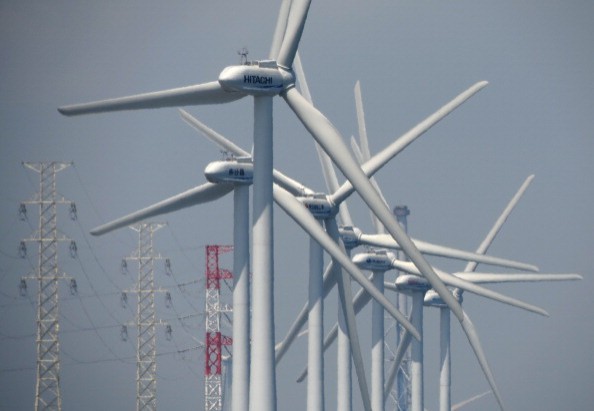Giant floating wind turbine platforms will soon be developed in Japan.

The new partnership between Toda, a Japanese general contractor, and Osaka University, will start studying their practical applications.
These new offshore wind turbine models are expected to be three times larger than existing versions.
The actual demonstration of these turbines will start around 2024. But, this estimated schedule will still depend of the tests are successful.
Giant Floating Wind Turbine Research to Begin in Japan
According to Asia Nikkei's latest report, the joint research of Osaka University and Toda will begin as early as 2023.

The Japanese general contractor hopes that its new collaboration with the university could change the course of offshore wind power in Japan.
As of press time, offshore wind power developments in the Asian country are quite slow. If things go well, the floating wind turbine experiments could start in 2025.
When it comes to size, the wind turbine platforms will have blades that are 200 meters across each.
Once the renewable energy platforms are completed, they will be among the biggest commercial wind turbines across the globe.
Why Offshore Wind Turbines are Efficient
Wind turbines rely on the wind to generate renewable energy supplies.
Conventional models are located in lands that have strong breezes.
But, more efficient wind turbines are needed since the demand for renewable energy is increasing.
Because of this, floating or offshore wind turbine platforms are being developed.
NASA Earth Observatory explained that wind is stronger over the ocean compared to land.
Since this body of water is smoother, wind can freely glide over it without any interruption.
Meanwhile, lands have mountains, forests, and hills that can slow the speed of the wind.
But, floating wind turbines are more expensive to install and maintain.
You can click this link to learn more about offshore wind turbines.
Aside from being expensive, other problems are also faced when building wind turbines.
Recently, we reported that Germany deployed its AI to prevent wind turbines from killing endangered eagles.
Previously, the Sandia National Laboratories developed the new Twistact to lessen wind turbines' demand for expensive magnets.
For more news updates about wind turbines and other renewable energy techs, keep your tabs open here at TechTimes.
Related Article : The World's Largest Floating Wind Farm is Now Up and Running in Norway
This article is owned by TechTimes
Written by Griffin Davis
ⓒ 2025 TECHTIMES.com All rights reserved. Do not reproduce without permission.




